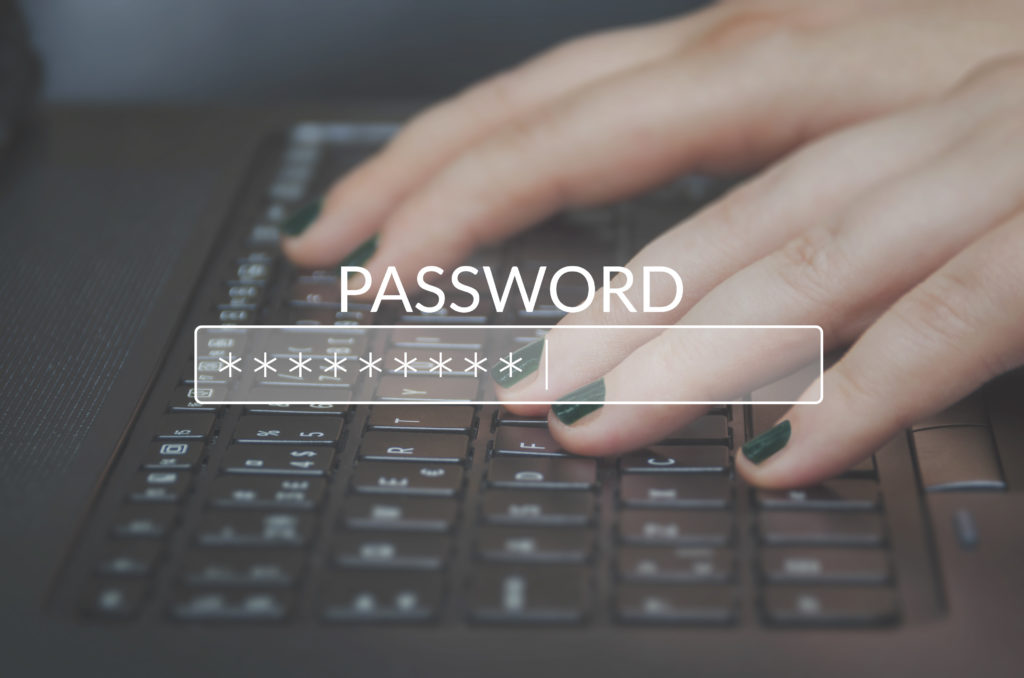Cloud storage has become a convenience that many of us can’t live without, even if we don’t really think about it. Whether you use Google Drive, One Drive, iCloud, or other secure cloud storage, everyone is syncing and sharing data at an impressive rate. There are plenty of benefits to these services, but there are also some risks. Minimize these risks by learning how to protect your accounts and data when using these services.
Create Strong Passwords and Use Two-Factor Authentication
All of the security tips you’ve heard about the internet also apply to your cloud storage account. Use a strong password with a combination of uppercase and lowercase letters, as well as numbers and symbols. Some people find it helpful to use a password manager like KeePass or 1Password so they don’t feel the need to use the same password across multiple sites.
Additionally, make sure to turn on two-factor authentication (2FA) when available. By using this setting, your cloud storage service will send a code to your email, phone, or another device to confirm that it’s you that’s logging in. Even if someone knows your username and password, they won’t be able to access your account.

Audit your Cloud Sharing Settings
One of the best parts of cloud storage is being able to easily share files with others. However, if you use the wrong settings, unauthorized people may be able to access your files. Be careful who you grant access to and make sure not to leave unrestricted links available to others. Most cloud services make it easy to see who you’re sharing your content with, so perform an audit every once in a while to confirm that your data is safe. Some services even let you set an expiry date on shared files, so use this whenever you can.
Get Rid of “Deleted” Files with Sensitive Information
When you delete a file from your computer, it usually goes straight to the Recycle Bin so that you can restore accidentally deleted files. Most cloud storage services have a similar system that stores your “deleted” files for a set number of days. However, if you want to delete something that contains sensitive information, make sure to fully delete the file — including from the service’s recycle bin.
In some cases, you can do this simply by finding a button that says “Empty Trash” or a similar phrase. In others, you might need to dig around in the settings menu to truly delete your files.

Review Your Connected Apps and Account
Even if you take precautions like using 2FA and a strong password, your cloud storage account is only as safe as the apps and accounts you let access it. Some services allow you to link things like calendar apps or your email to your storage account. However, these apps may not be as secure. Follow the same security advice for those accounts as you do for everything else. Plus, regularly check what apps have access to your cloud storage and remove any you’re not actively using.
Turn on New Sign-In Alerts
One of the best ways to protect your data is simple: enable sign-in alerts. By turning this setting on, your cloud storage service will notify you whenever an unrecognized sign-in occurs. In some cases, you can activate similar alerts for various activities affecting your accounts. This might include deleting files, creating folders, or sharing content, so you’ll always know if someone is changing things without your permission.

Enable Your Account Recovery Settings
You’re inevitably going to upgrade phones, swap tablets, or change computers over the years. However, you must remember to remove your old devices that still have access to your cloud storage. Someone who might use those devices in the future can use your old data and may even be able to get into your cloud storage account. Even if you properly wipe your devices, particularly skilled individuals may still be able to restore them. Removing those devices’ access is the best, easiest way to secure your data.
Bottom Line
Following these few simple tips allows you to protect yourself and your data when using cloud storage services. For some additional protection, make sure to use secure browsers like OneLaunch. Its new features and security measures protect you and your data from nefarious websites or online attacks while ensuring the best browsing experience possible.










 Share On Twitter
Share On Twitter